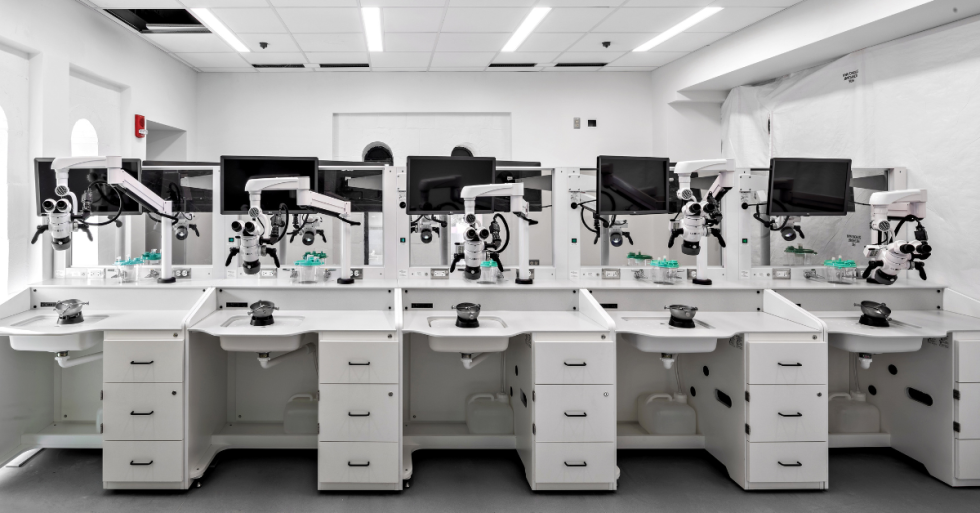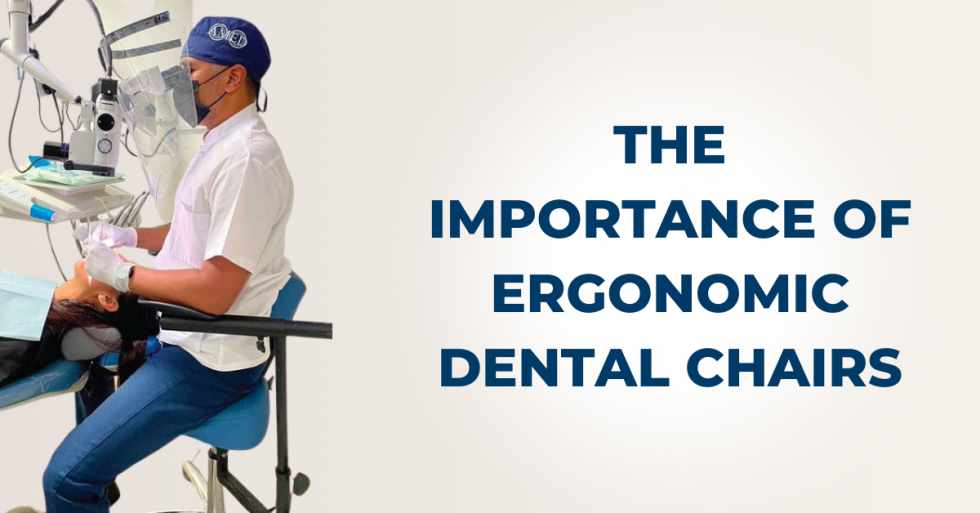All About the Global A-Series Dental Microscope
In the intricate world of dental care, precision is paramount. At Global Surgical Corporation, we understand the critical role that clarity and comfort play in ensuring successful outcomes in dental procedures. That's why we proudly present our Global A-Series Dental Microscope – a fusion of cutting-edge technology and ergonomic design, tailor-made to meet the needs of modern dentistry.

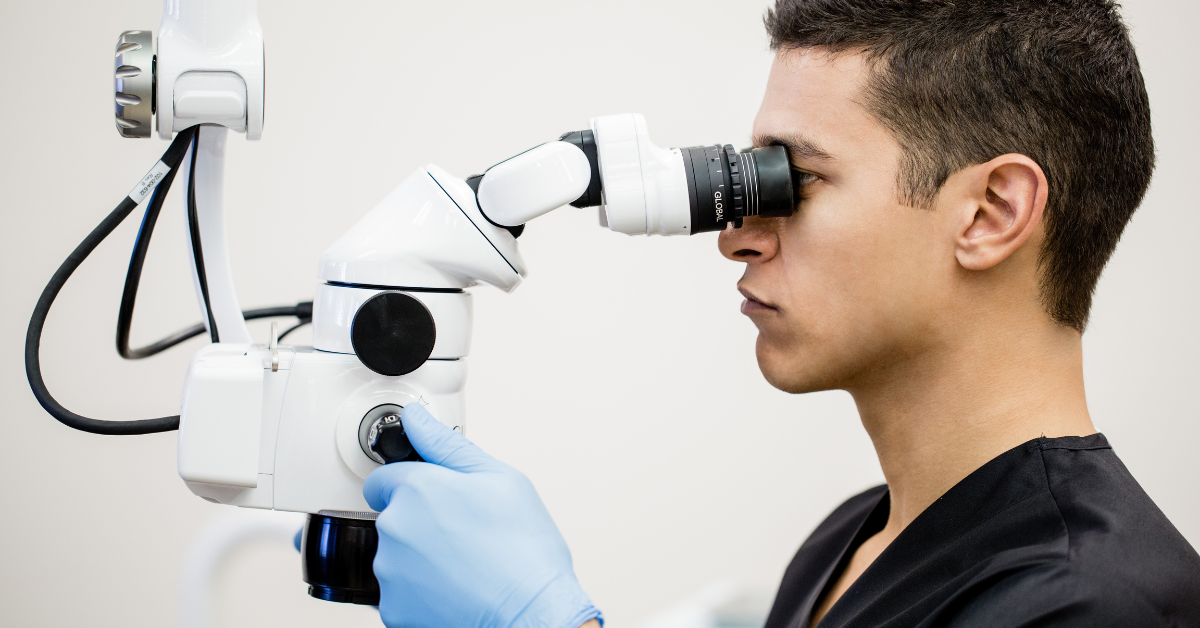
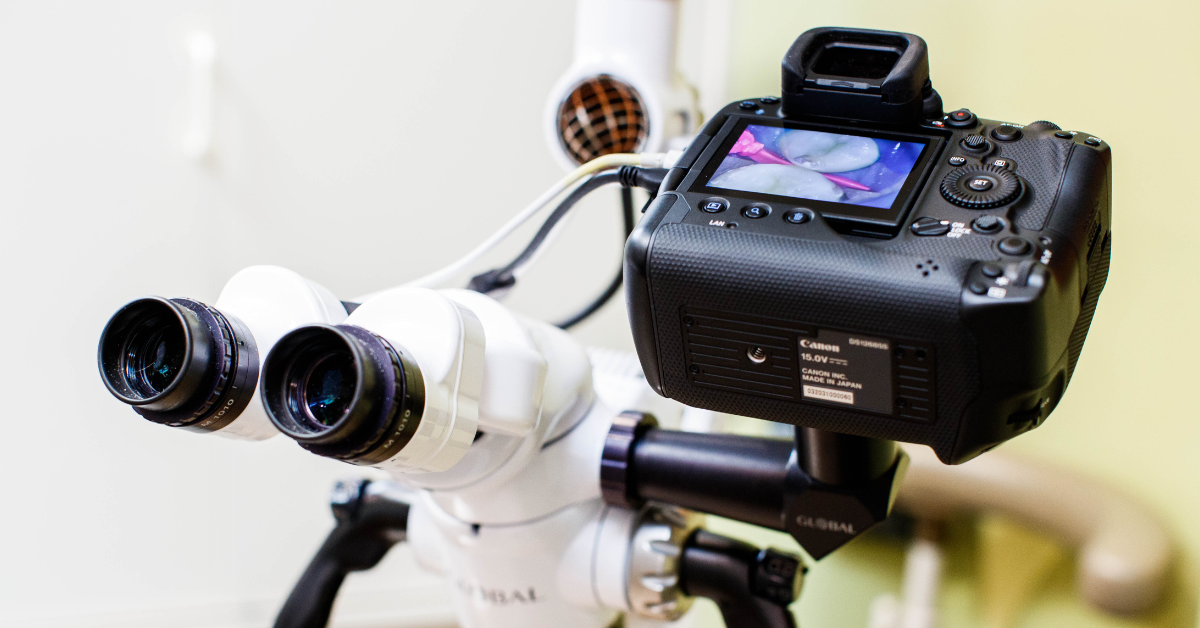

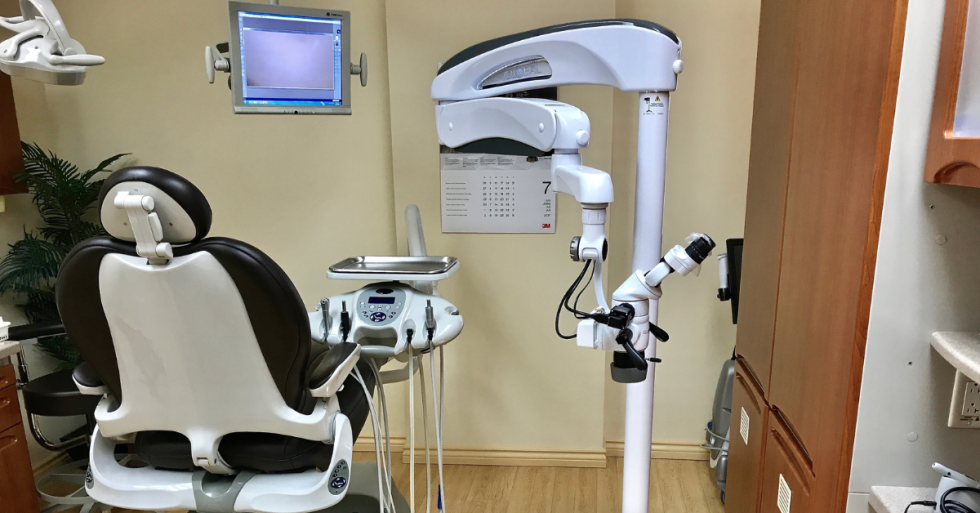
.png)

.png)

